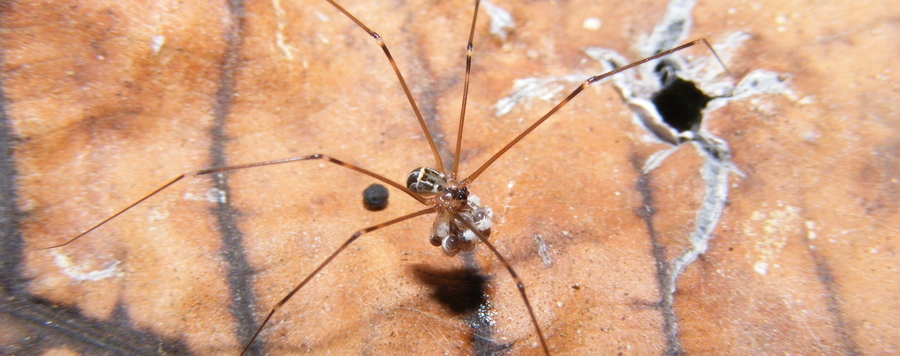
Modisimus: a Caribbean radiation
This study describes the remarkable radiation of Modisimus on Hispaniola. During two short trips to the island, more species have been collected than are known from any comparable area on the mainland. We redescribe three of the four previously known Hispaniolan species, and describe 22 new species. Most Haitian species are local endemics, either of the severely threatened forests in one of the two national parks (La Visite National Park and Macaya Biosphere Reserve) or of their surrounding areas. Phylogenetic analysis indicates that most of these species together represent a species group that is restricted to the paleogeographically distinct southern ‘paleoisland’, and that is otherwise known neither from Hispaniola nor from any other island. Two mitochondrial markers, 16S and cytochrome oxidase I (COI), were sequenced in 21 species to test for their performance as barcoding genes within this group of partly closely related species. Both markers unambiguously corroborated the morphospecies, with small but distinct gaps between the intra- and interspecific genetic distances. The absence of Modisimus in South America argues against colonization of the West Indies over a ‘landspan’ connecting South America to the Greater Antilles. Overwater dispersal is supported by two lines of evidence (unusual radiation and reduced higher-level diversity), but further data (especially time estimates for the separation of mainland and island taxa) are needed to evaluate the third major model, continent–island vicariance as a result of plate tectonics. The species diversity of the genus, combined with the presence of habitat specialists, suggests that this system may have the potential to complement the classic studies on adaptive radiation in Caribbean Anolis lizards.






